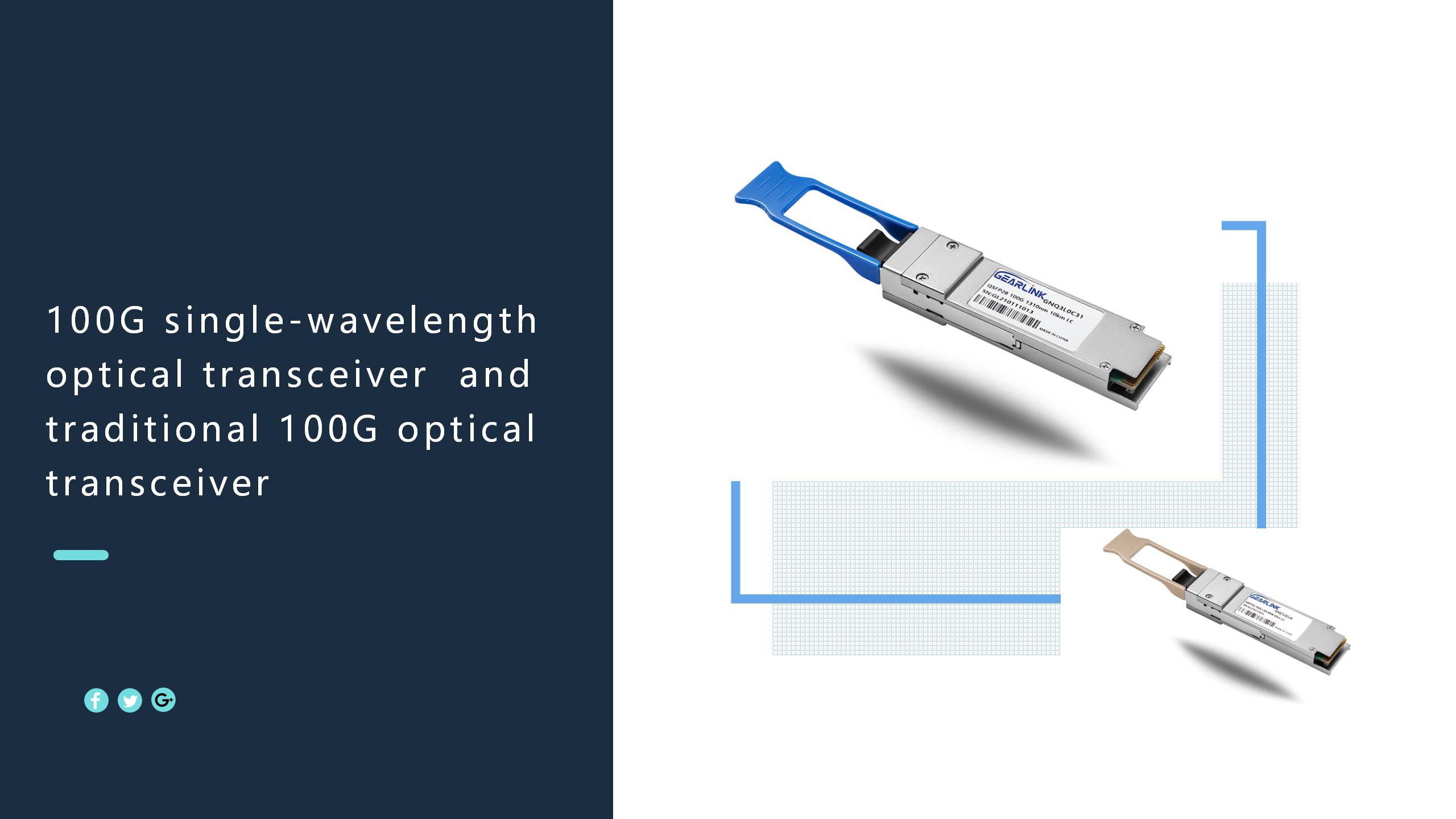
With the rapid development of data centers and cloud computing, 100G Ethernet has become the mainstream standard for high-speed networks. However, there are obvious differences between 100G single-wavelength optical transceivers and traditional 100G optical transceivers in several aspects. This article will introduce the differences between 100G single-wavelength optical transceivers and traditional 100G optical transceivers in detail from the differences between single-wavelength optical transceivers and traditional optical transceivers, and the classification of single-wavelength optical transceivers.
With the rapid development of data centers and cloud computing, 100G Ethernet has become the mainstream standard for high-speed networks, and many long-distance transmission solutions have emerged for 100G optical transceivers, such as optical amplifier amplification technology, cross-band technology and DWDM technology.
It uses the amplifier in the optical fiber to transmit and amplify the signal, thereby expanding the transmission distance, and at the same time, it can also reduce the noise of the optical signal during transmission and improve the quality of signal transmission.
refers to the conversion of signals from one band to another for transmission, so that multiple signals can be transmitted simultaneously in the optical fiber, thereby expanding the channel capacity and reducing costs.
DWDM is the abbreviation of Dense Wavelength Division Multiplexing, which is a high-density wavelength division multiplexing technology. It uses optical signals of multiple wavelengths to be transmitted in one optical fiber at the same time, thereby realizing the purpose of simultaneous transmission of multiple signals.
The traditional 100G optical transceiver uses 4 channels of 25Gb/s parallel or wavelength division multiplexing for transmission to achieve 100G data transmission, which requires more components, including multiple lasers, modulators, multiplexers and demultiplexers, etc. , the use of multiple components greatly increases the cost of the optical transceiver , so the 100G single-wavelength optical transceiver came into being. 100G single-wavelength optical transceiver is a 100G optical interface transceiver using high-speed electronic components and single-wavelength laser technology, which can transmit 100G signals alone. This means that the single-wavelength optical transceiver can achieve a simpler optical design, reducing the number and complexity of components, thereby reducing cost and power consumption. 100G single-wavelength optical transceivers currently have four types: 100G QSFP28 DR, 100G QSFP28 FR, 100G QSFP28 LR and 100G QSFP28 ER. They are all single-mode optical transceivers with a working wavelength of 1310nm. Of course, the transmission distance of 100G single-wavelength optical transceivers is limited due to the use of single-wavelength technology. At present, the transmission distance that can be achieved is 40km, and the transmission distance of ≥40km still relies on wavelength division multiplexing optical transceivers.
In general, there are differences between 100G single-wavelength optical transceivers and traditional 100G optical transceivers in terms of transmission distance, cost and performance. In order to meet different network application requirements, different technical solutions can be selected. With the continuous development of science and technology, new alternative and supplementary technologies will continue to emerge, and optical transceiver manufacturers will also provide more choices in the market.

